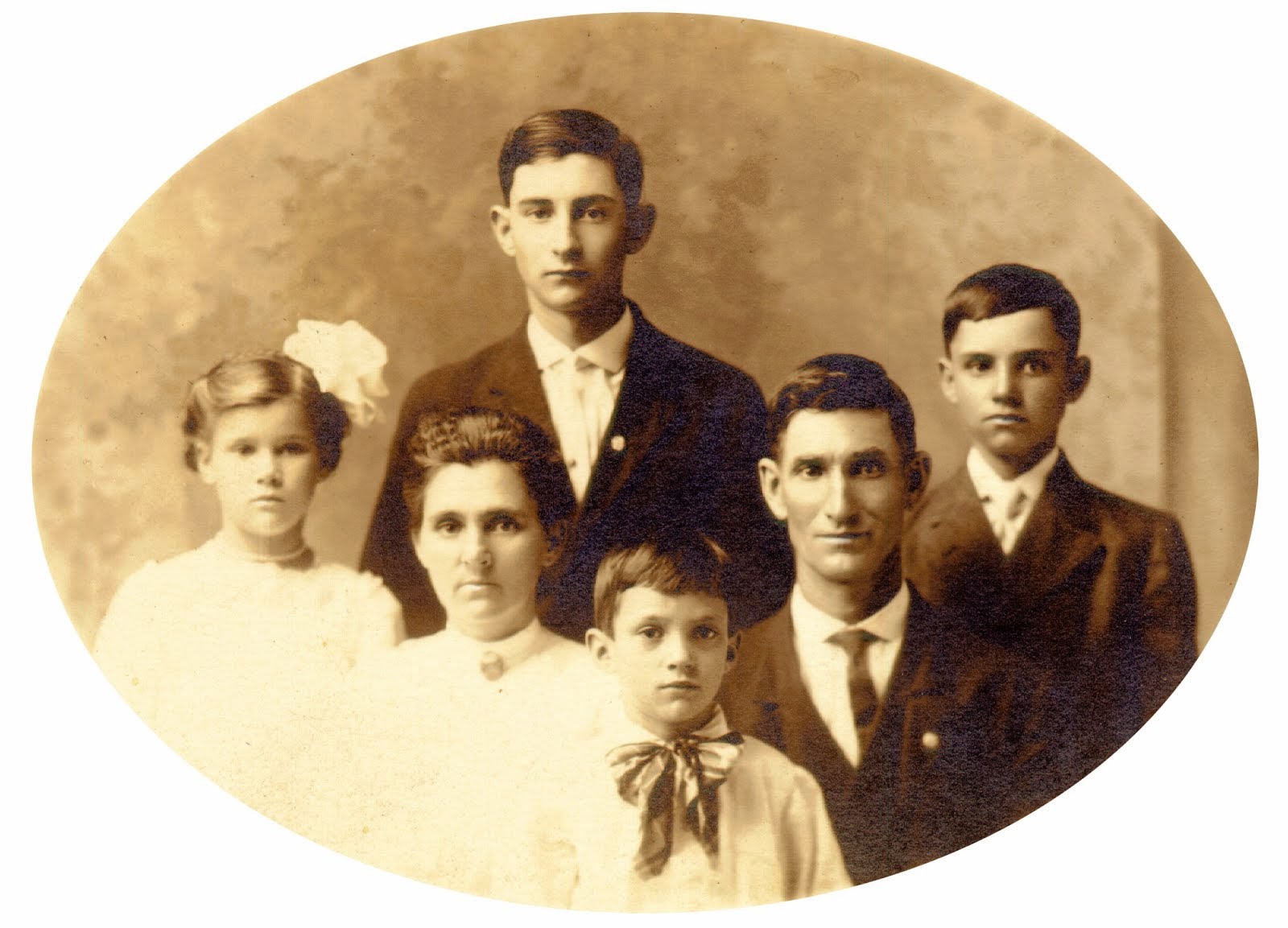It hit me on my afternoon commute. My Moore line is nearly extinct. I could think of only one living male Moore, and couldn't wait to get home to make sure I was right.
 |
| Grave of Edward Windsor Moore in Orleans, Indiana |
I blogged earlier about my 4th great-grandparents, Edward Windsor and Susannah Bryant Moore, and their struggle to get a Civil War pension. You can
start reading about that here if you like.
The Facts
Edward Windsor Moore was born 17 October 1802 in North Carolina. He married Susannah Bryant (born 25 July 1804 in Lincoln County, Kentucky) on 24 September 1823, in Orange County, Indiana. They lived nearly all their lives in rural Orange County except for a short stint in Kansas which did not agree with them. This couple had thirteen children. You would expect a large number of Moores to come down from them, right?
Well, you would be wrong.
Their children
Edward and Susannah Moore had seven sons. John and Joseph died in early childhood. Bartlett Coffin, their youngest, died tragically at the age of 16 serving as a bugler in the Civil War.
Sons Columbus and David only produced daughters that survived to adulthood.
This leaves only William Bryant Moore (my ancestor), and Edward Windsor Moore II. Both of these men had sons that survived adulthood.
Their grandchildren
Let me address Edward Windsor Moore II first. He died in battle during the Civil War. He has my only "loose end." He had two sons, Nelson and Edward Windsor III. Edward Windsor III is the only one listed as an heir to his grandfather's estate in 1890, meaning Nelson Moore died before this time leaving no heirs. I can find no other records for him beyond this date. If he produced any heirs I haven't yet located them.
Now on to my ancestor, William Bryant Moore. He died at the age of 20, on 10 January 1851. Fortunately he left behind one tiny baby, William Braddock Moore, my great-great grandfather.
Their great-grandchildren
William Braddock Moore was orphaned at the age of 12 when both his mother and stepfather passed away that year. He married Martha Ann Tillery in 1870, and they reared a large family that included four boys. Two of them, William and Charley, died in childhood.
 |
Moore Family Portrait about 1900
Back row: Minnie, Nannie, Fred, and Ella
Front row: Ed, William Braddock, Nellie, Martha, and Opal |
This left Edward Bryant Moore, who only had daughters, and my great-grandfather Frederick Thomas Moore.
Their great-great grandchildren
Fred Moore married Della Mariah Moore (a great confusion but completely separate line of Moores) in 1899. They had three sons: Lee, Ed, and Robert. Robert died just after his first birthday.
My great-uncle Ed married and helped raise his stepchildren, but never had children of his own. That just leaves my grandfather Lee, who passed away several decades ago.
Their great-great-great grandchild
Lee Moore married Lillian Wilson in in 1936, and had one son, my uncle Bill. In the 215 years since the birth of Edward Windsor Moore, it has come down to this. One man that still carries the Moore yDNA.
 |
| My uncle Bill, the last of the Moores |
That's what hit me in traffic the other day. Bill is 80 now and has no children. I immediately asked my mom to talk to him about taking a yDNA test for me, and he graciously agreed. I'm ordering the kit today, and hope that this will help solve some mysteries for me. Moore is a fairly common surname and I'm stuck at Edward Windsor Moore's grandfather William, who died in North Carolina in 1781. I can't figure out where he came from. Perhaps in a few months I'll get some more clues.
















